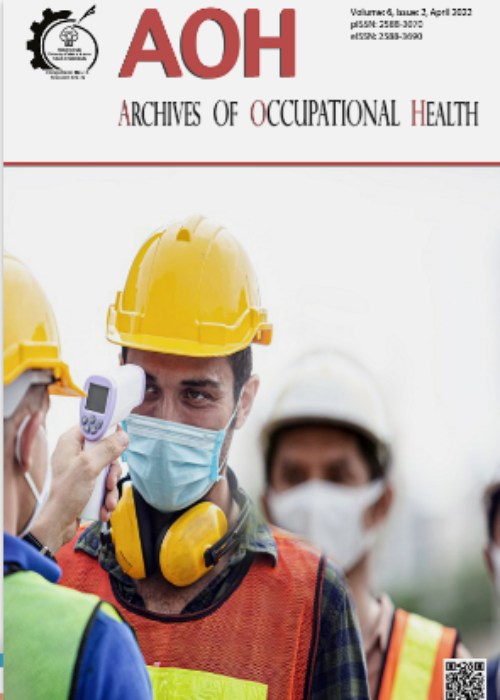Investigating Satisfaction Levels of Safety Requirements in Mobile Cranes and its Relationship with Organization’s Safety Culture
disregarding safety requirements has made accidents of workshop mobile cranes as one of the main factors of injuries and death in civil-industrial projects. Since safety culture considered one of the most important activist indices while investigating the commitment of superior managers and other members of the organization to regard safety requirements, the present study aims at investigating the organization’s safety culture in civil and industrial projects and its relationship with regarding safety requirements of mobile cranes.
the current study is descriptive-analytical and cross-sectional research conducted within 7 civil-industrial projects from 2018 to 2019. To investigate satisfaction levels of safety requirements, 141cranes have been used through a 72-item researcher-made checklist adapted from ASME B30.5 2018 standard and protective regulation of transportation vehicles and moving materials and objects of workshops. The research team has confirmed the validity and reliability of the checklist with CVR=0.68, CVI=0.82, and Cronbach’s alpha=α-0.90. To estimate safety culture levels 677 individuals of staff such as cranes operator, technician, expert, minor managers, middle managers, and superior managers have participated in this study through random sampling method, interview, and completion of safety culture questionnaire. To analyze data Kolmogorov-Smirnov tests, one way ANOVA and linear regression utilizing SPSS v25 have been employed (P-value < 0.05).
age average of study individuals equaled with 39.8 and average of their work experiences equaled with 12.29. Results out of this study revealed that there is a positive and meaningful relationship between organizations’ safety culture and consideration levels of safety requirements in mobile cranes. So that parameter of management commitment (0.001), safety preference degree (0.004), staff training (0.012) and information exchange level (0.041) have the most relationship with consideration levels of safety requirements. But there was no meaningful relationship between work conditions and consideration levels of safety requirements (0.075).
based on results of this study it seems that accidents resultant from mobile cranes occur more in uncommitted organizations so it is important to develop organizations’ safety culture through performance of academic interventions and inform organizations’ staff especially superior management and consequently increase the safety factor of mobile cranes in civil-industrial projects.


